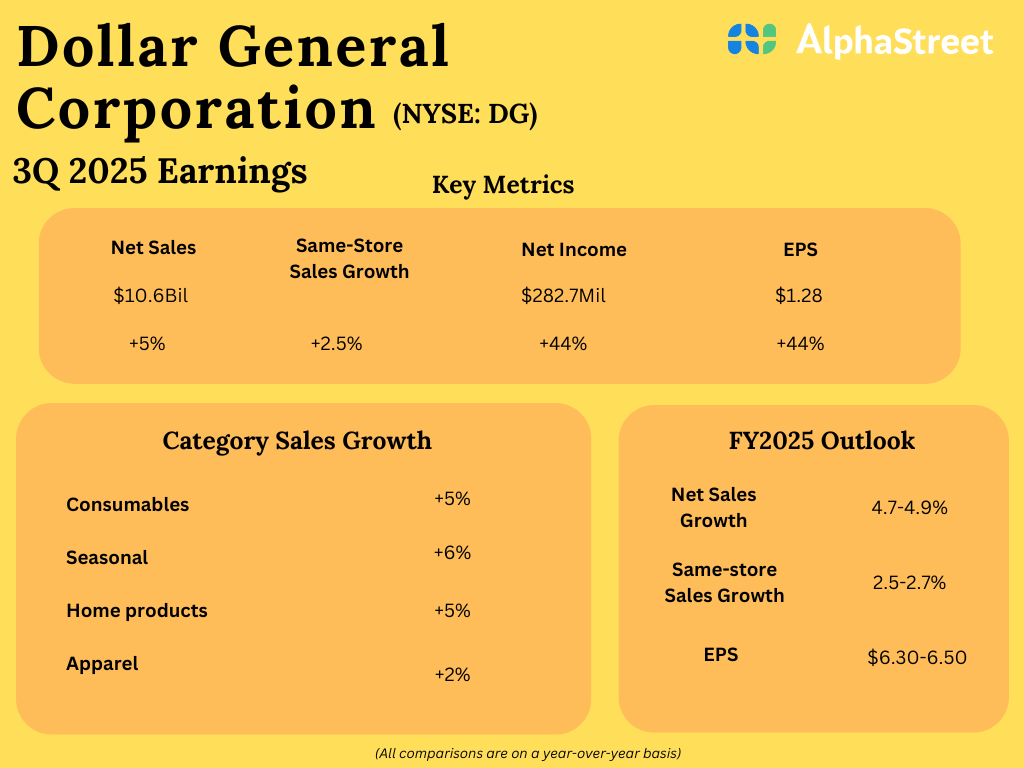SlavkoSereda/iStock via Getty Images
Crude oil closed higher Monday but surrendered nearly all of its healthy early gains, as Saudi Arabia’s go-it-alone production cuts – allowing Russia and the rest of OPEC+ to keep pumping freely – only underscored the broader weakness in the oil market and the deepening cracks in the cartel.
This weekend showed the “ultimate failure of the Saudis” to coordinate the OPEC+ members to undertake “what was required to bring better prices into the market,” Ed Morse, Citi’s global head of commodities research and managing director, told CNBC.
“We have a potential for supply to be a lot bigger than where demand growth is going,” Morse said, citing the potential for a recession and adding that crude could still drop below $70/bbl.
Front-month Nymex WTI crude oil (CL1:COM) for July delivery closed +0.4% at $72.03/bbl, after rising as much as 4.6% earlier, and August Brent crude (CO1:COM) ended +0.6% at $76.57/bbl.
ETFs: (NYSEARCA:USO), (NYSEARCA:BNO), (UCO), (SCO), (DBO), (USL), (DRIP), (GUSH), (USOI), (NRGU)
The S&P energy sector (XLE) slipped 0.6% and was among the stock market’s worst performers.
Saudi officials acknowledged the tepid movement in oil prices was less than expected by Energy Minister Prince Abdulaziz, who privately defended the move to cut production and push back against short sellers, The Wall Street Journal reported late Monday.
The cut will take Saudi Arabia’s output to 9M bbl/day, the lowest since June 2021 and rarely seen in the past 10 years, which suggests the kingdom is willing to sacrifice market share to prop up prices – potentially at a steep cost, as the oil price rise so far would not compensate for the loss of revenue caused by the loss of production.
The Saudi cut will add to expectations of a market deficit; the International Energy Agency already was forecasting a 1.9M bbl/day deficit by Q3, which Rystad Energy said now could reach 3M bbl/day.
Analysts agree the move should at least keep oil’s recent slide from deepening, but there is much less consensus on whether prices will rise from here.
More on crude oil:





































